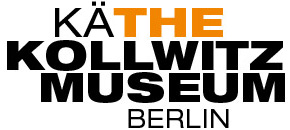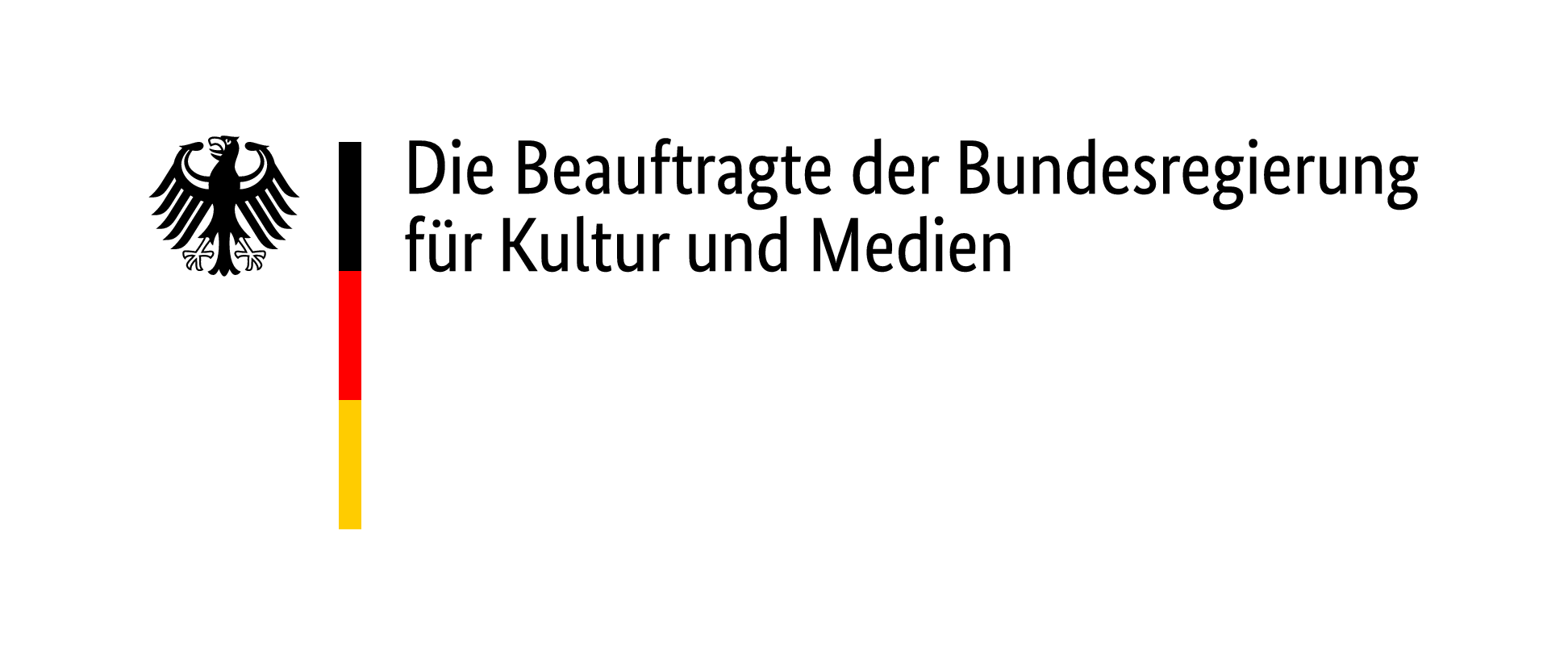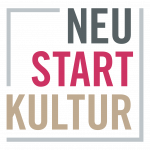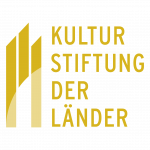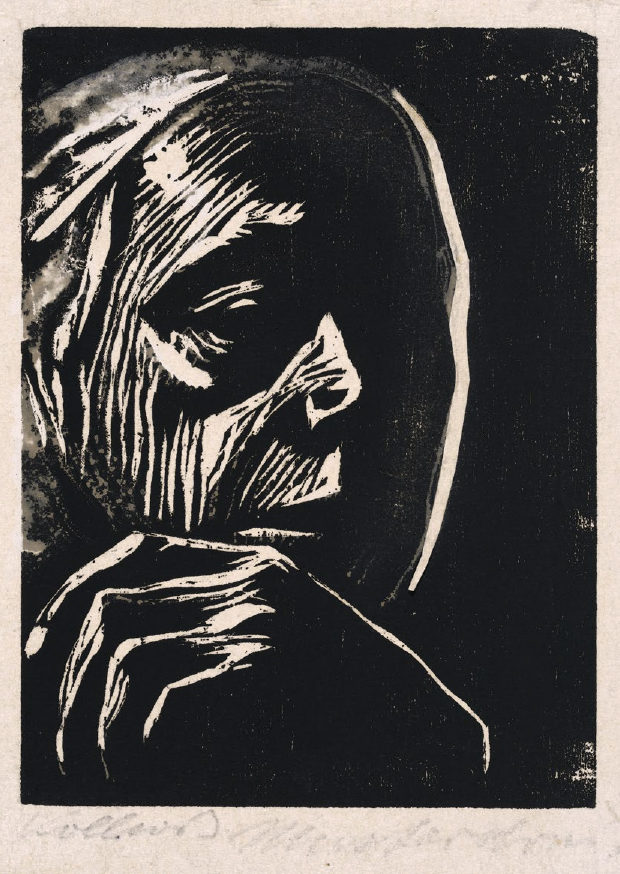
As part of the funding program “Cultural Communities – Competencies, Minds, Cooperations,” the Museum for Druckkunst Leipzig was able to realize an exciting and mutually enriching collaboration with the Käthe Kollwitz Museum Berlin. The thematic focus was on the artistic-craftsmanship technique of woodcutting. With an experimental approach, the staff of the two museums investigated the letterpress technique itself, its photographic and cinematic communicability, and its opportunities in museum education.
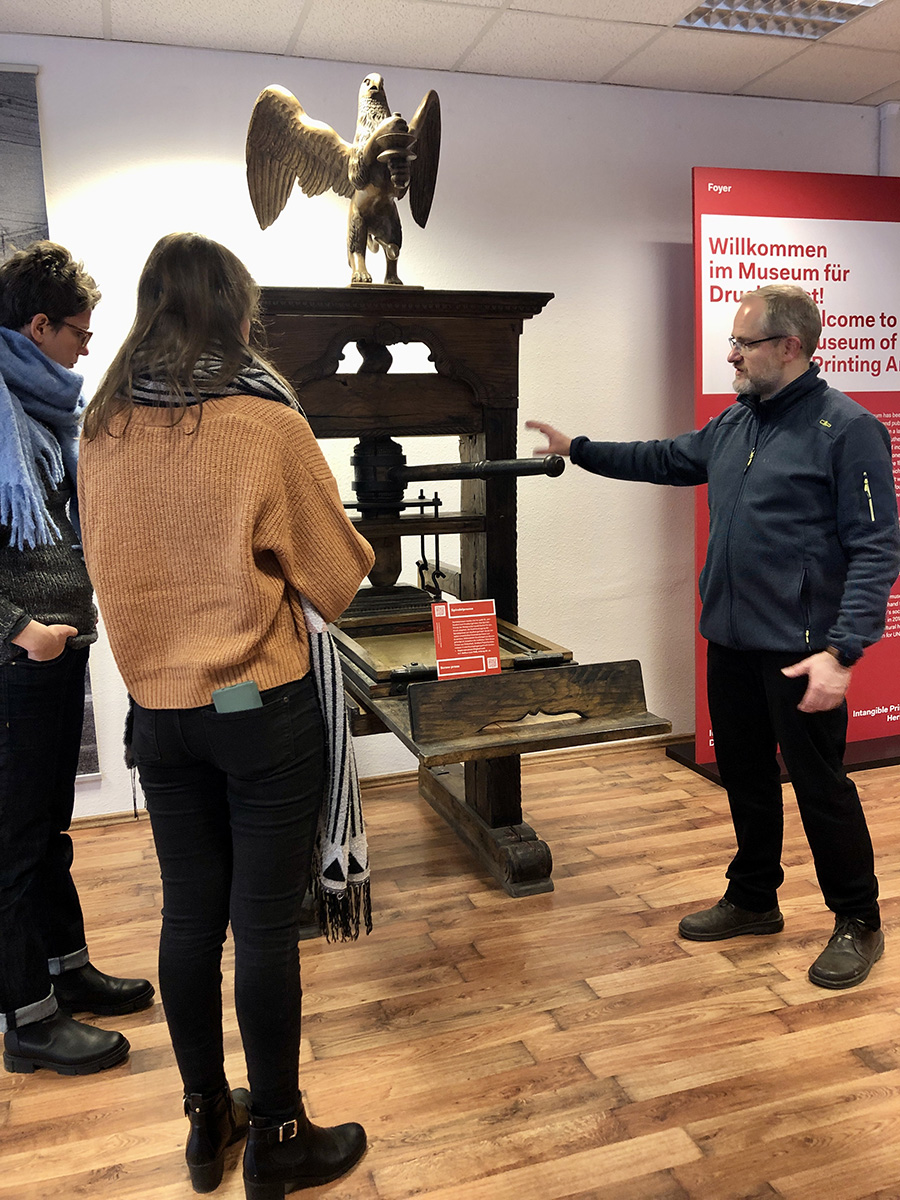
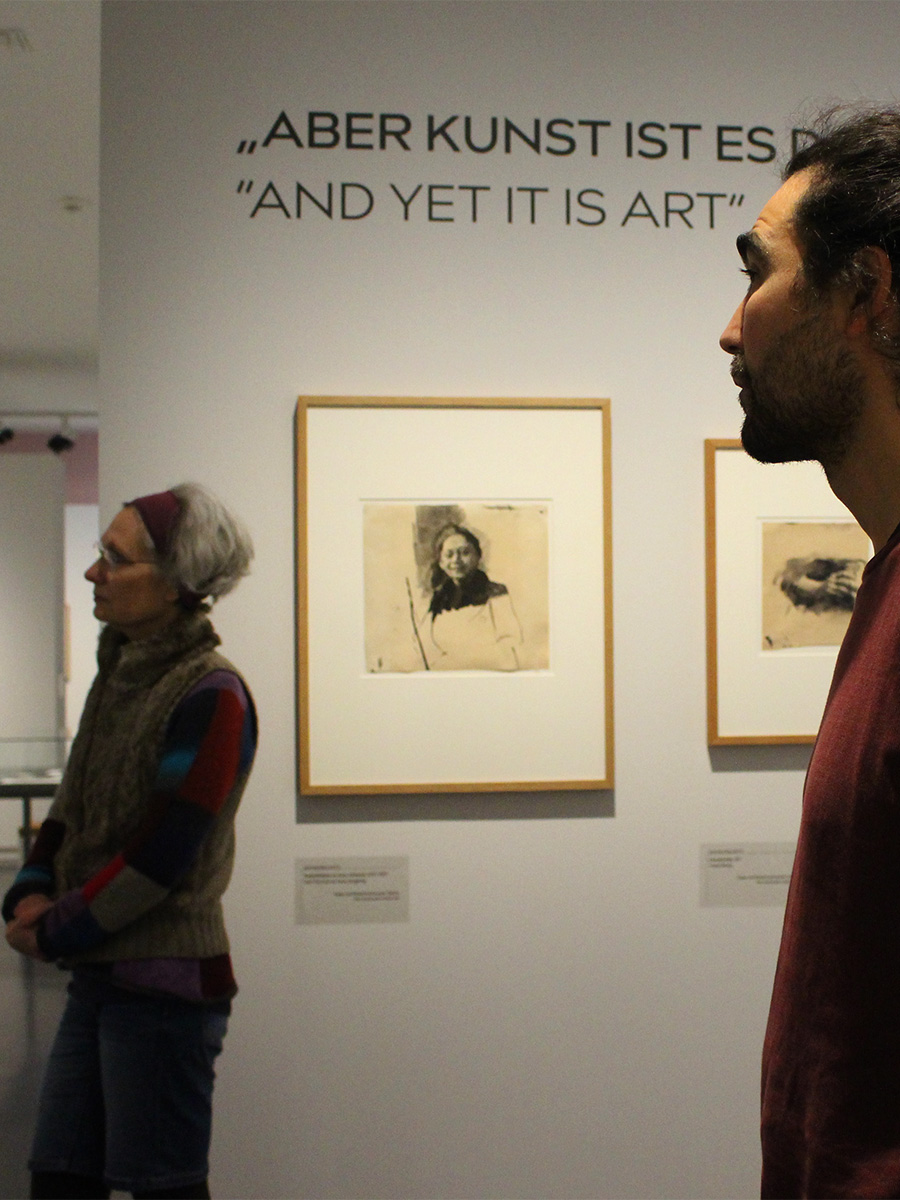
During mutual museum visits, the staff of both museums exchanged information about the special features of the respective collections and discussed the possibilities of different mediation formats.
Through their respective collection focuses, both museums offer a great opportunity to explore and understand woodblock prints from different perspectives.
Motifs for pamphlets, playing cards or for images of saints had been produced using this printing technique since the end of the 14th century. With the invention of letterpress printing, woodblock printing offered the most suitable method for illustrating books. This was because the printing block could be inserted directly into the typographic typesetting and both could be printed together in a single step. The exhibition at the Museum of Printing Art gives visitors an insight into the history and development of the woodcut printing technique and shows typographic and artistic styles that have been used over time.
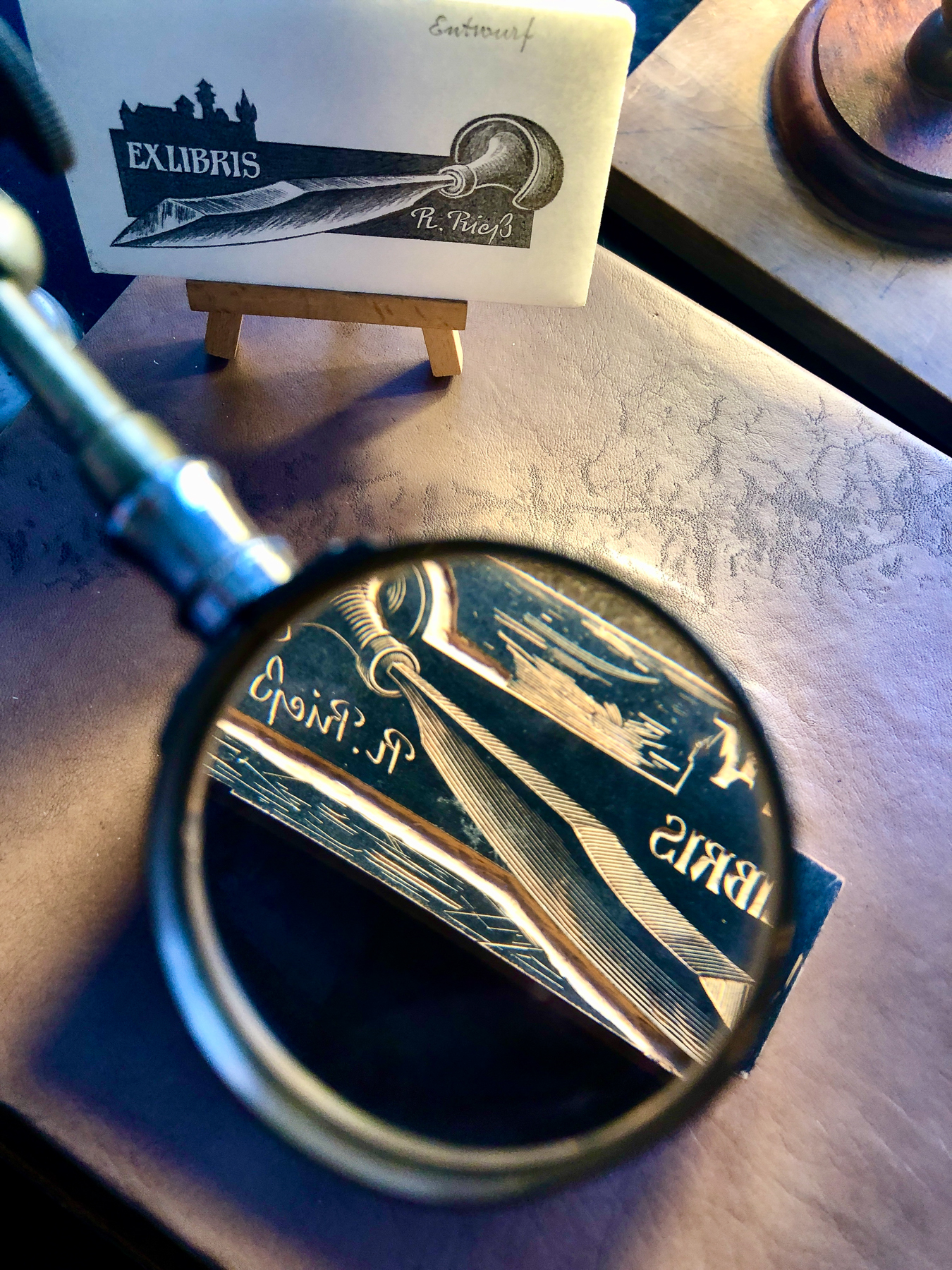
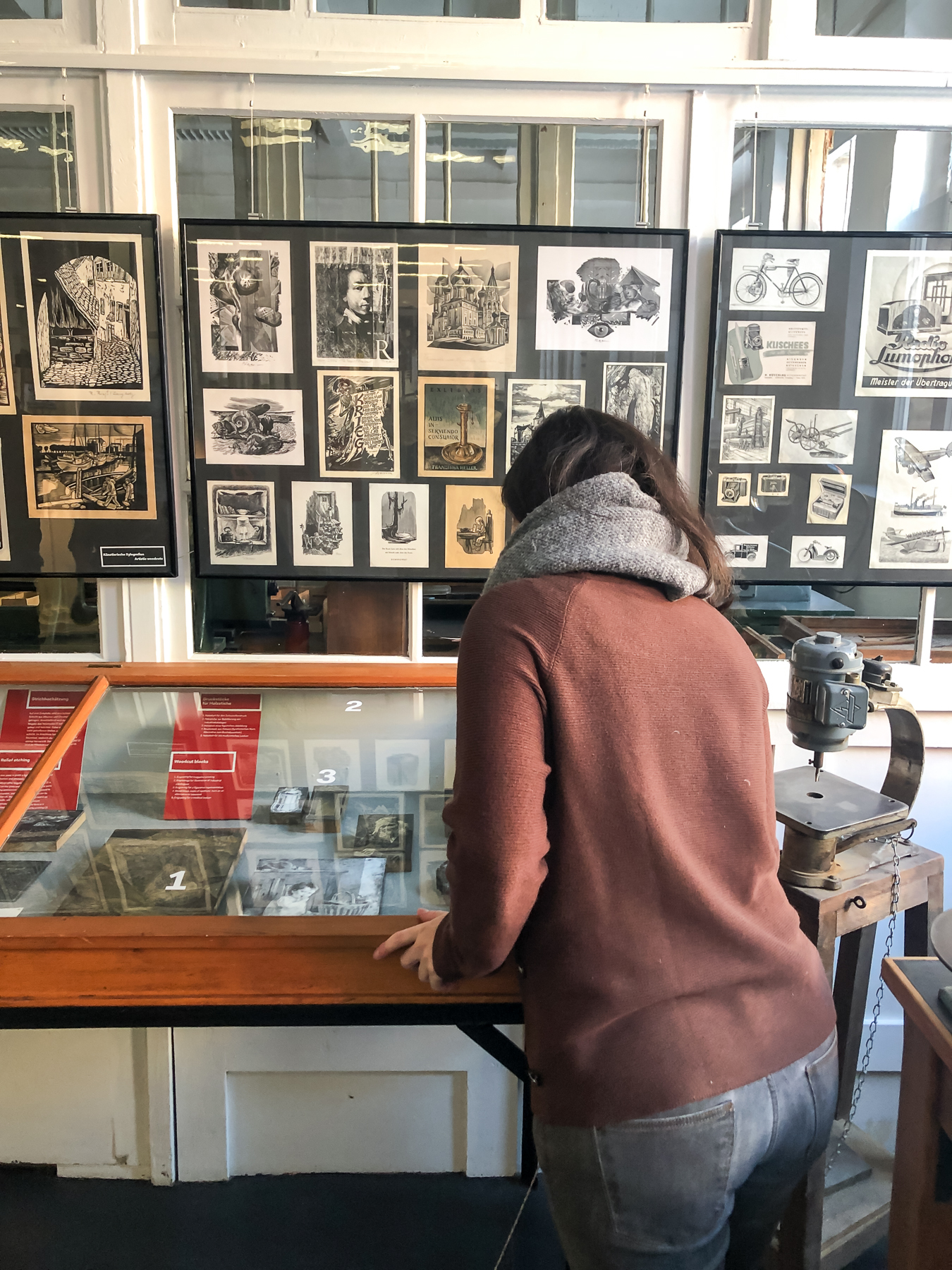
In the Käthe Kollwitz Museum, the artistic use of this reproduction technique can be learned specifically through the work of a female artist. The graphic artist and sculptor Käthe Kollwitz (1867-1945) discovered the technique of woodblock printing late in her artistic career. Due to the loss of her son Peter, who was killed in World War I, she began to deal artistically with her grief, her sense of guilt, and the consequences of the war, and in 1922 completed seven woodcuts in the graphic series “War”. Her woodcuts are characterized by clear lines, strong contrasts, and expressive representation. Kollwitz used the woodcut to enhance and emphasize her views, depicting her figures and environments with sharp edges and powerful shadows. The woodcut allowed her to convey her message directly and unambiguously, making her work one of the most remarkable artistic expressions of the 20th century.
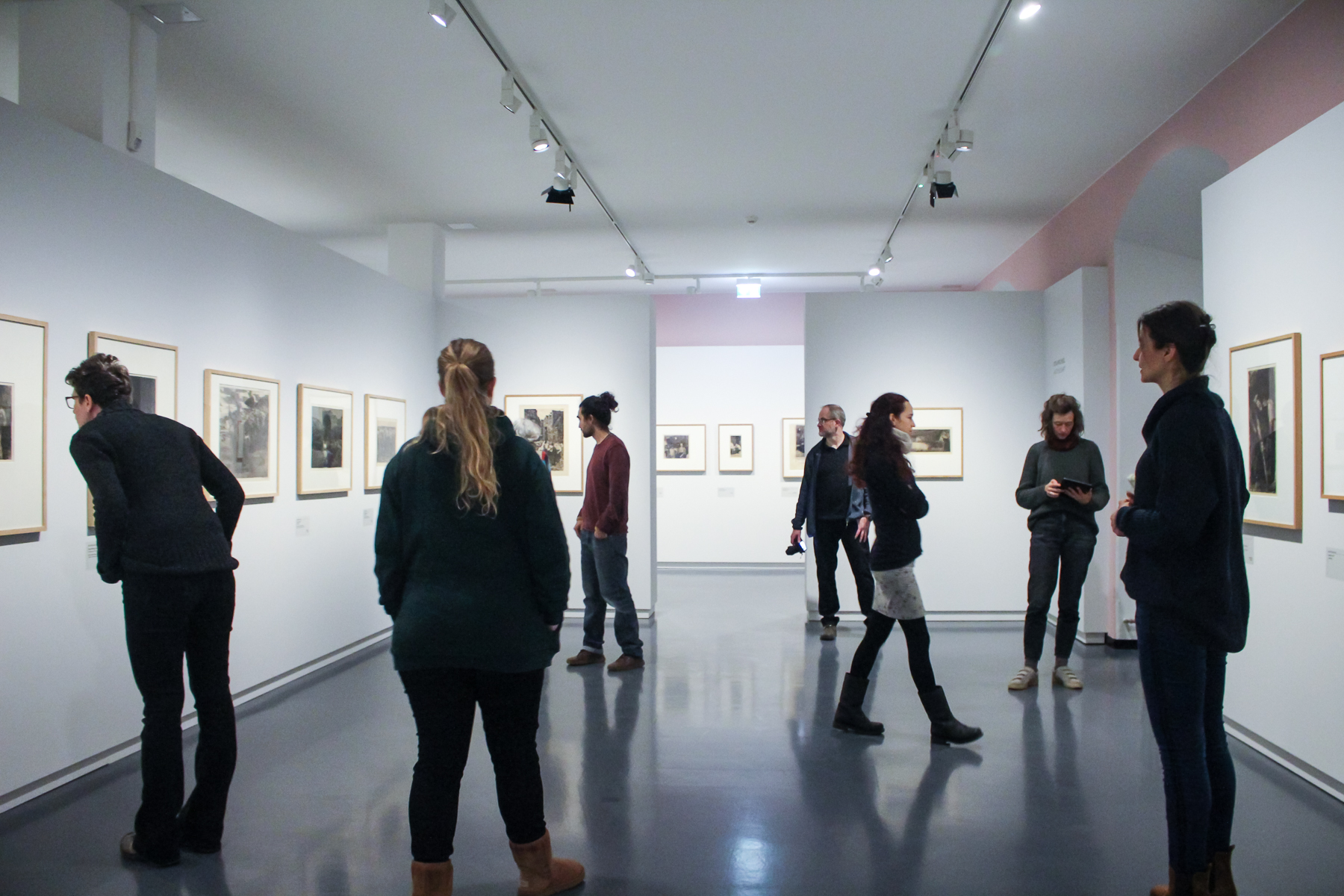
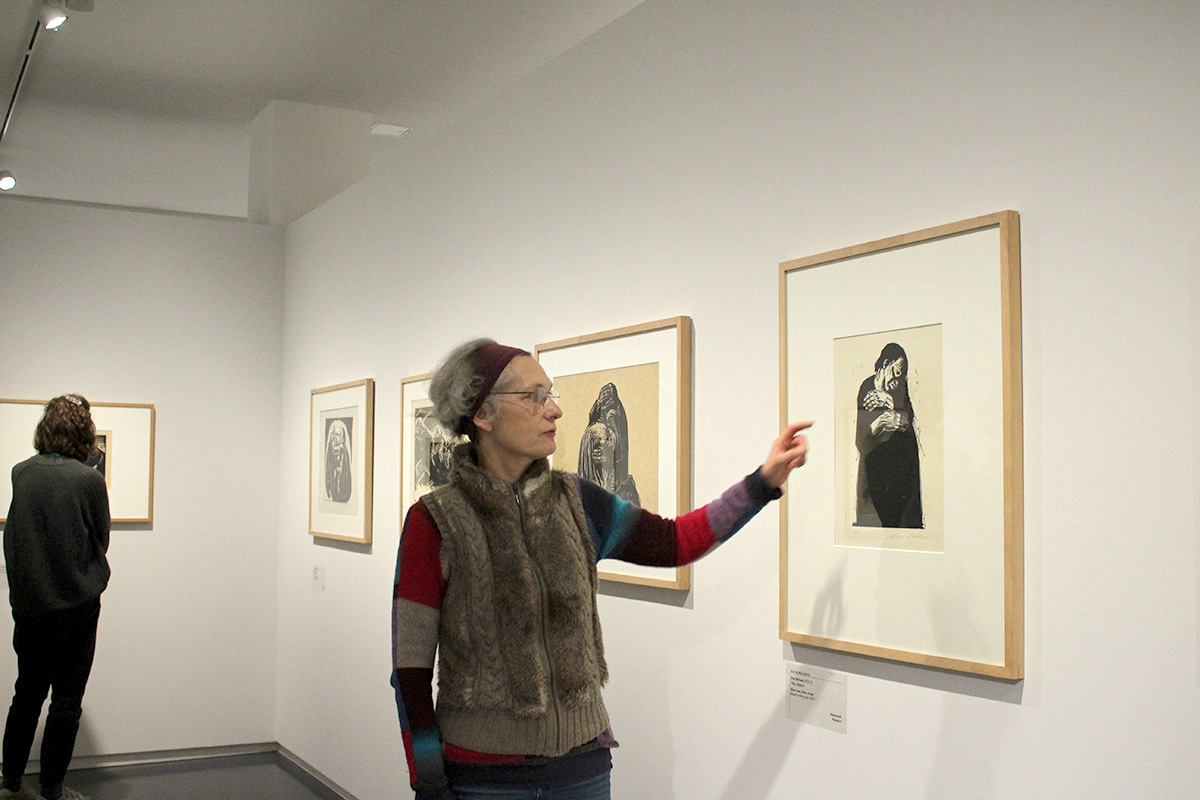
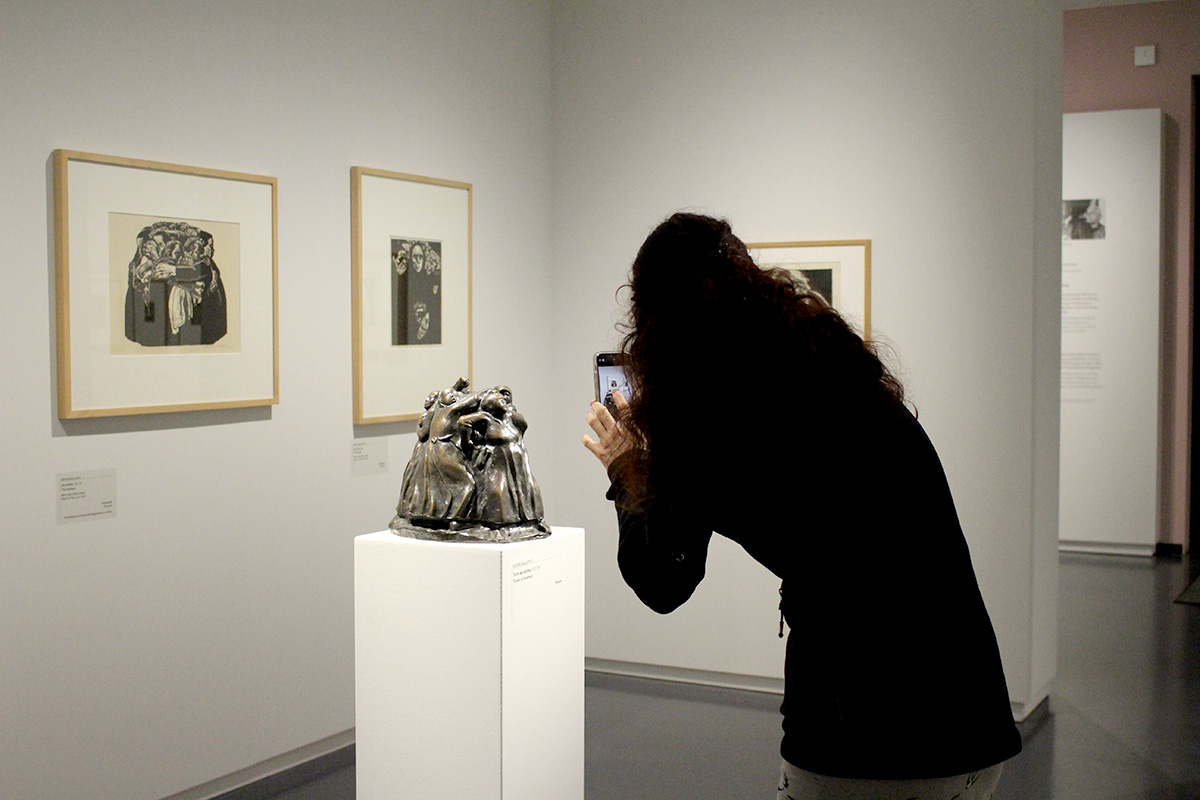
A highlight of the cooperation was the two-day joint interdisciplinary workshop led by the artist and political image maker Yili Rojas at the Käthe Kollwitz Museum. There was carving, photography, filming and much discussion. The main focus was on how the technique of woodblock printing can be conveyed photographically and cinematically, and what social and political perspectives can play a role in collaborative work. In addition, the participants talked about the practical mediation possibilities of the woodcut.
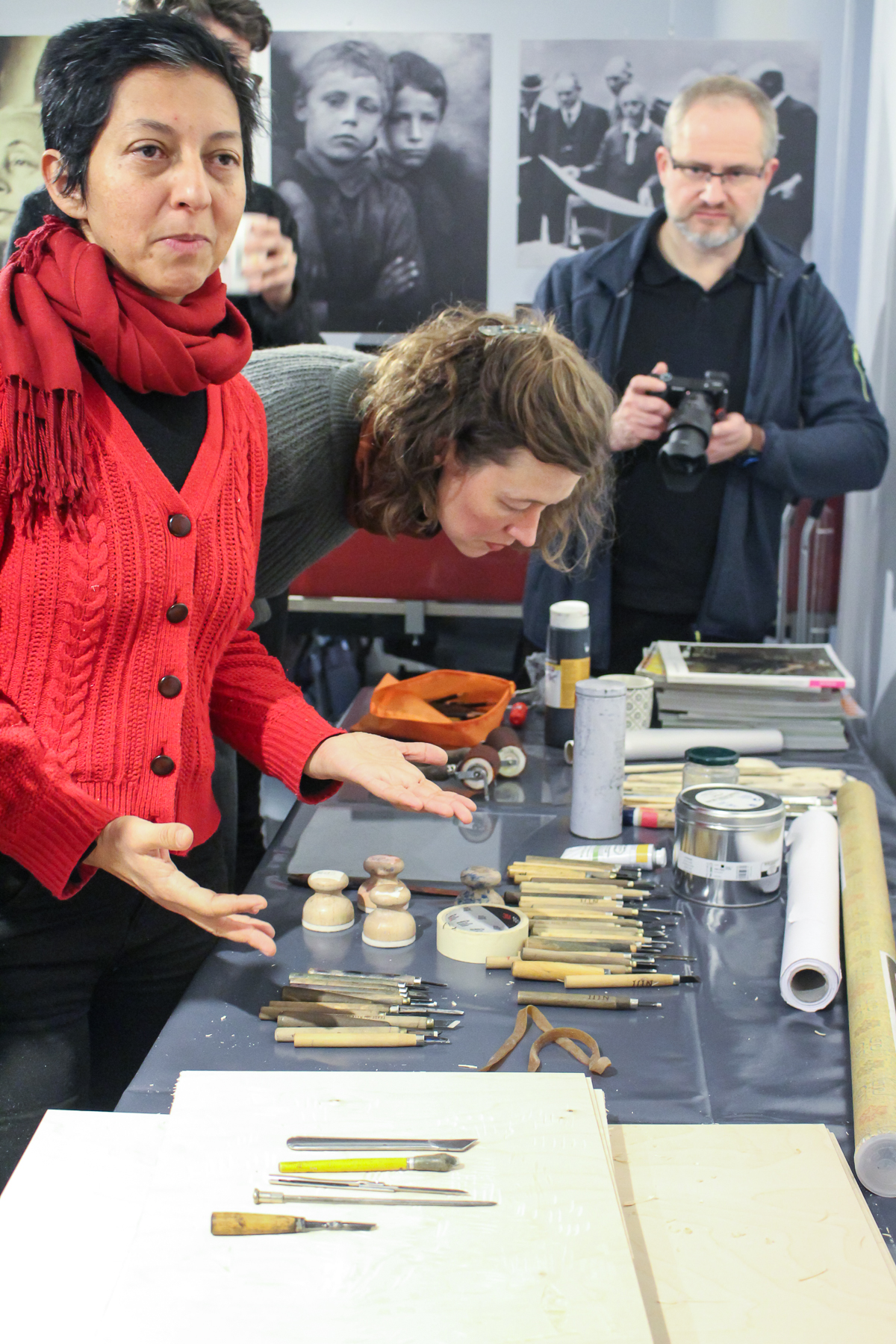
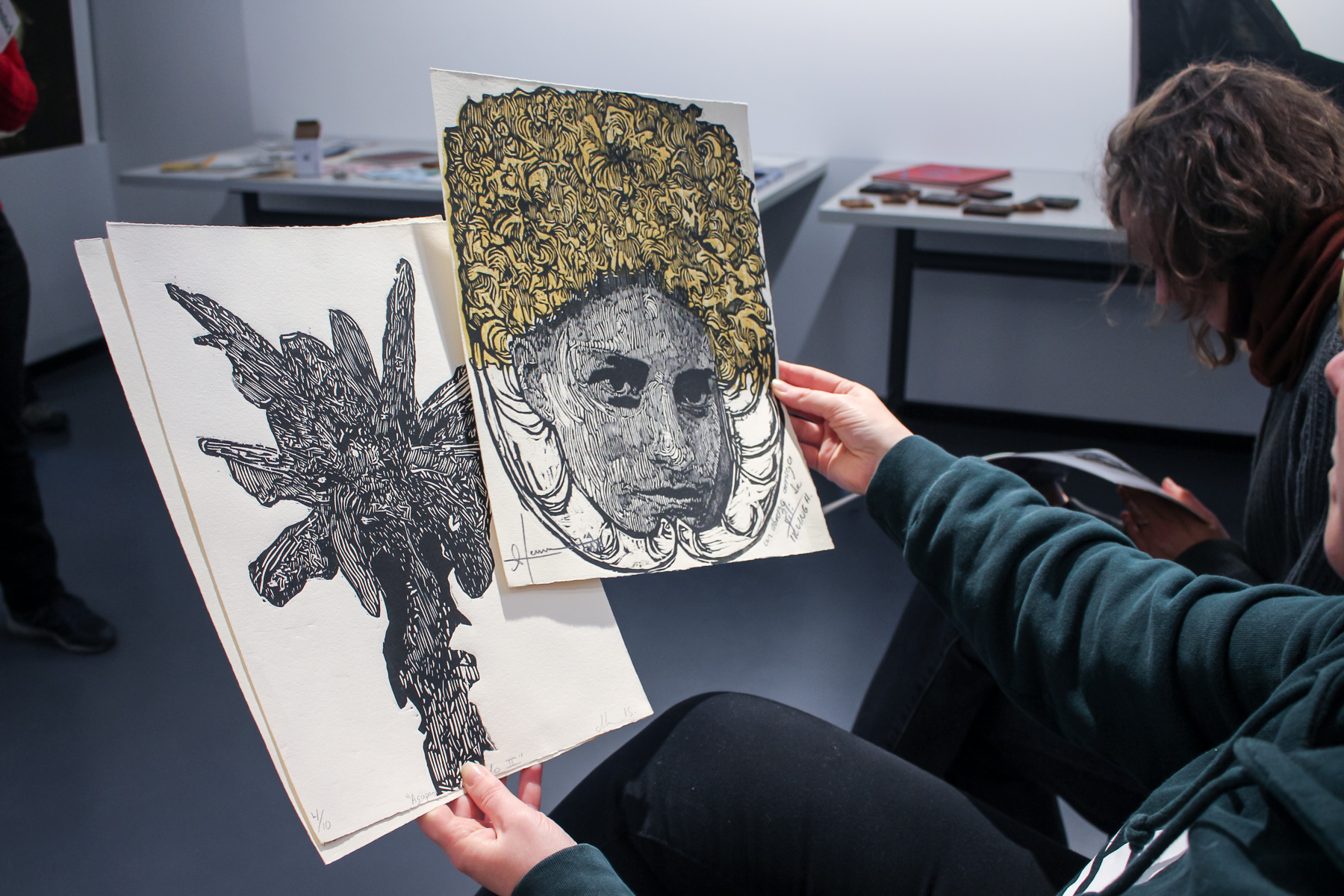
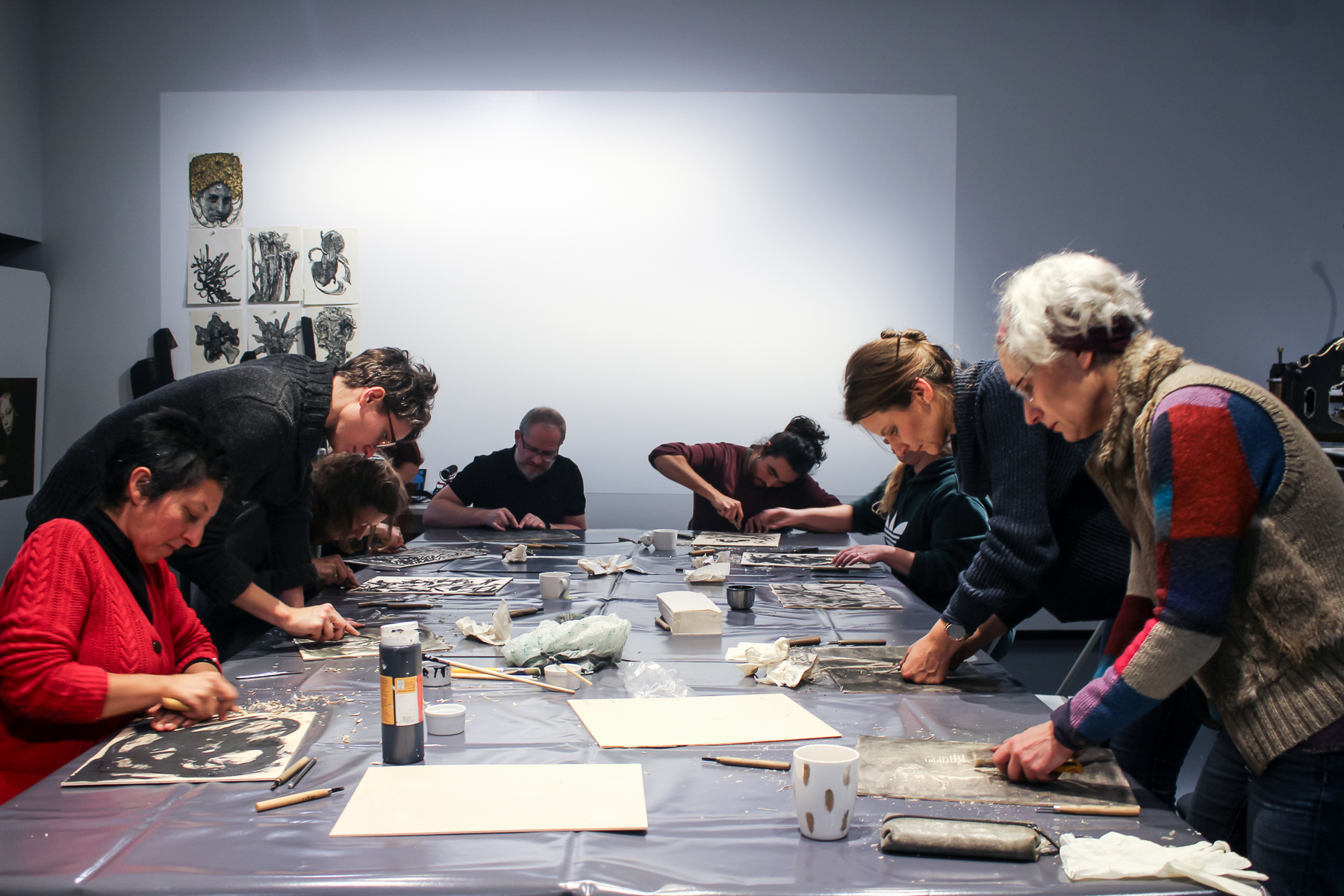
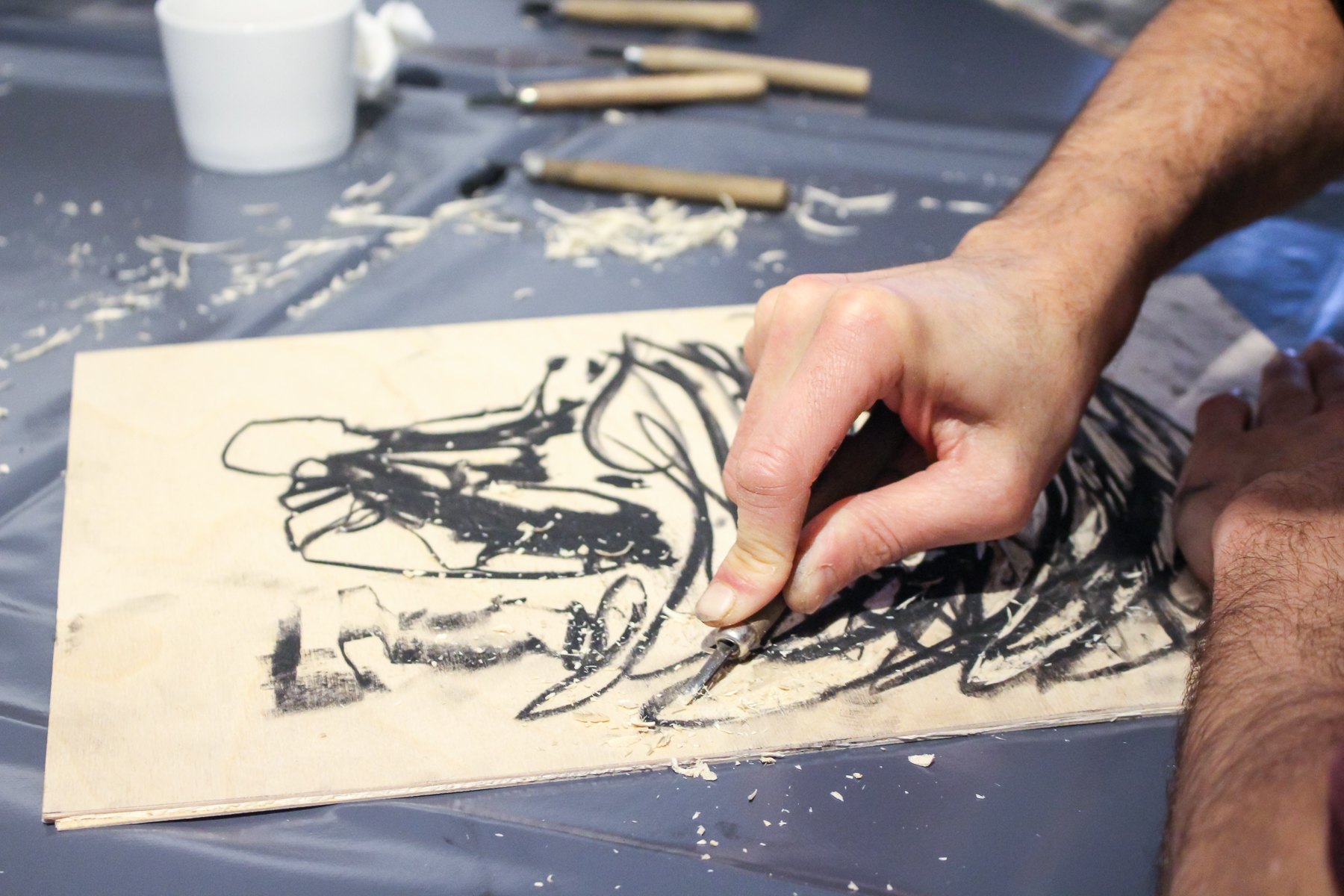
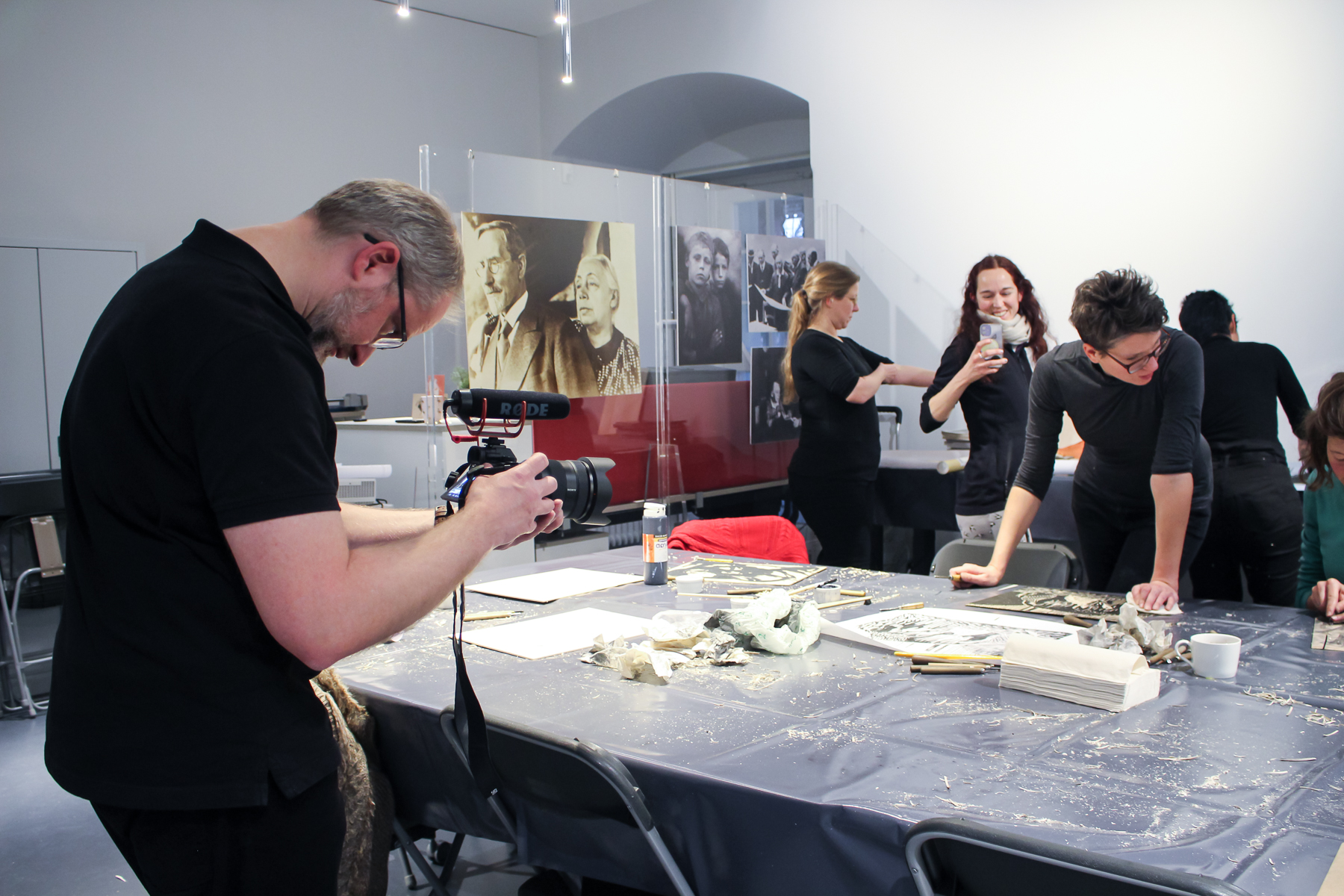
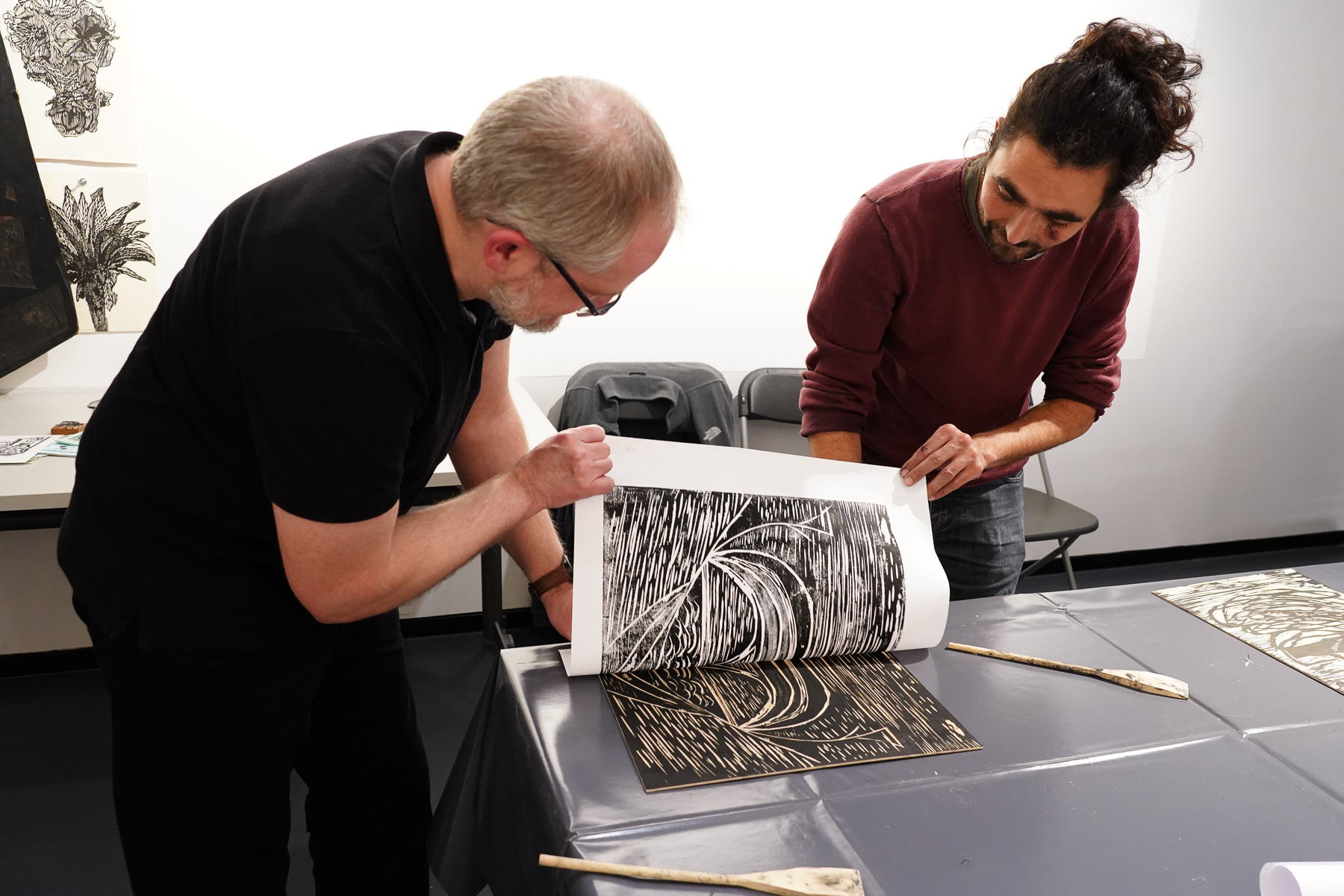
The practical workshops in the educational program of the respective museums not only serve to introduce visitors to the technique of woodblock printing, but also give them the opportunity to give their own thoughts an artistic form through a newly learned technique. A digital approach to the subject is a contemporary way for younger generations to appreciate the importance and value of woodblock prints in art history. With mutual exchange, the participants were able to share their expertise and experiences, thus giving each other new ideas.
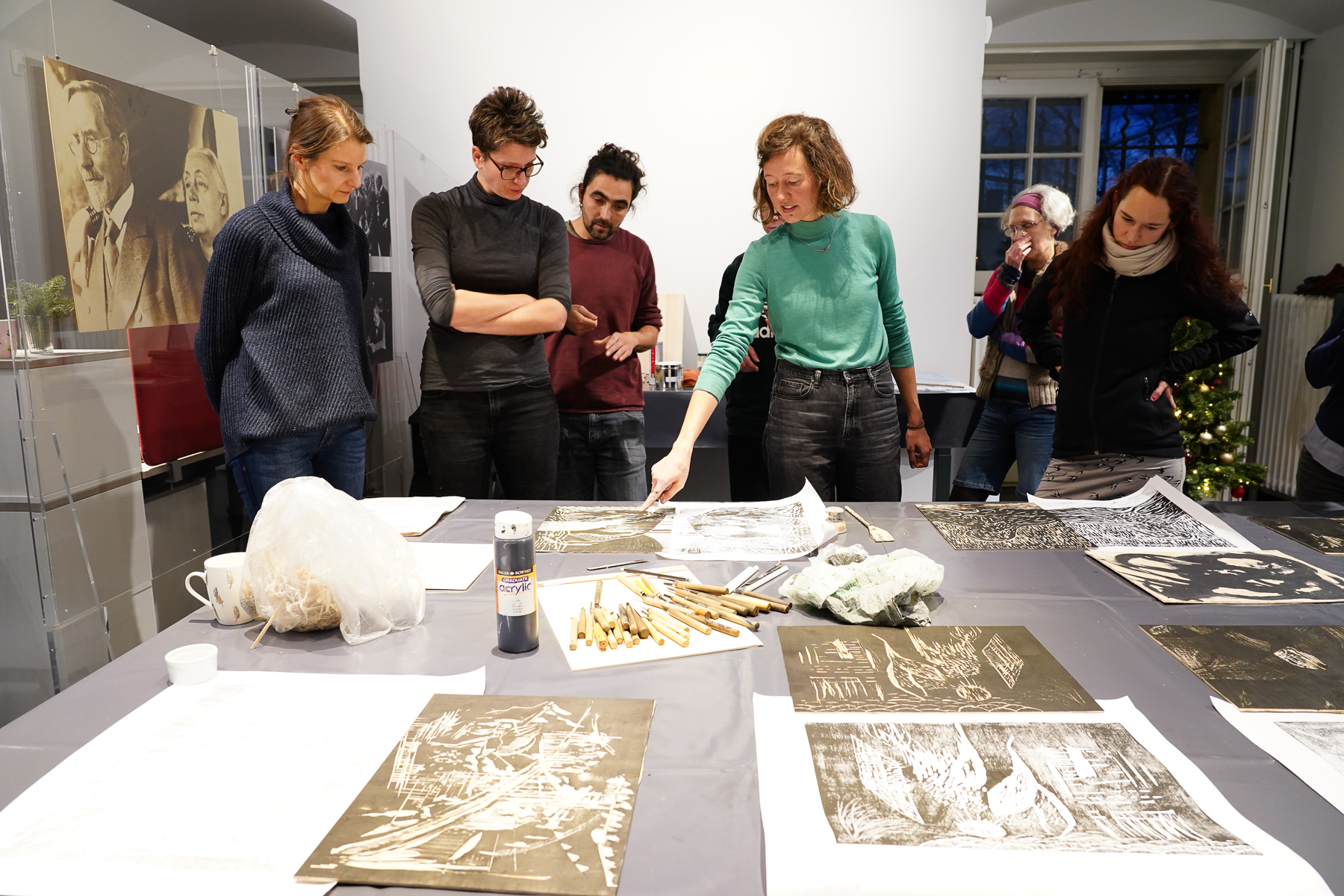
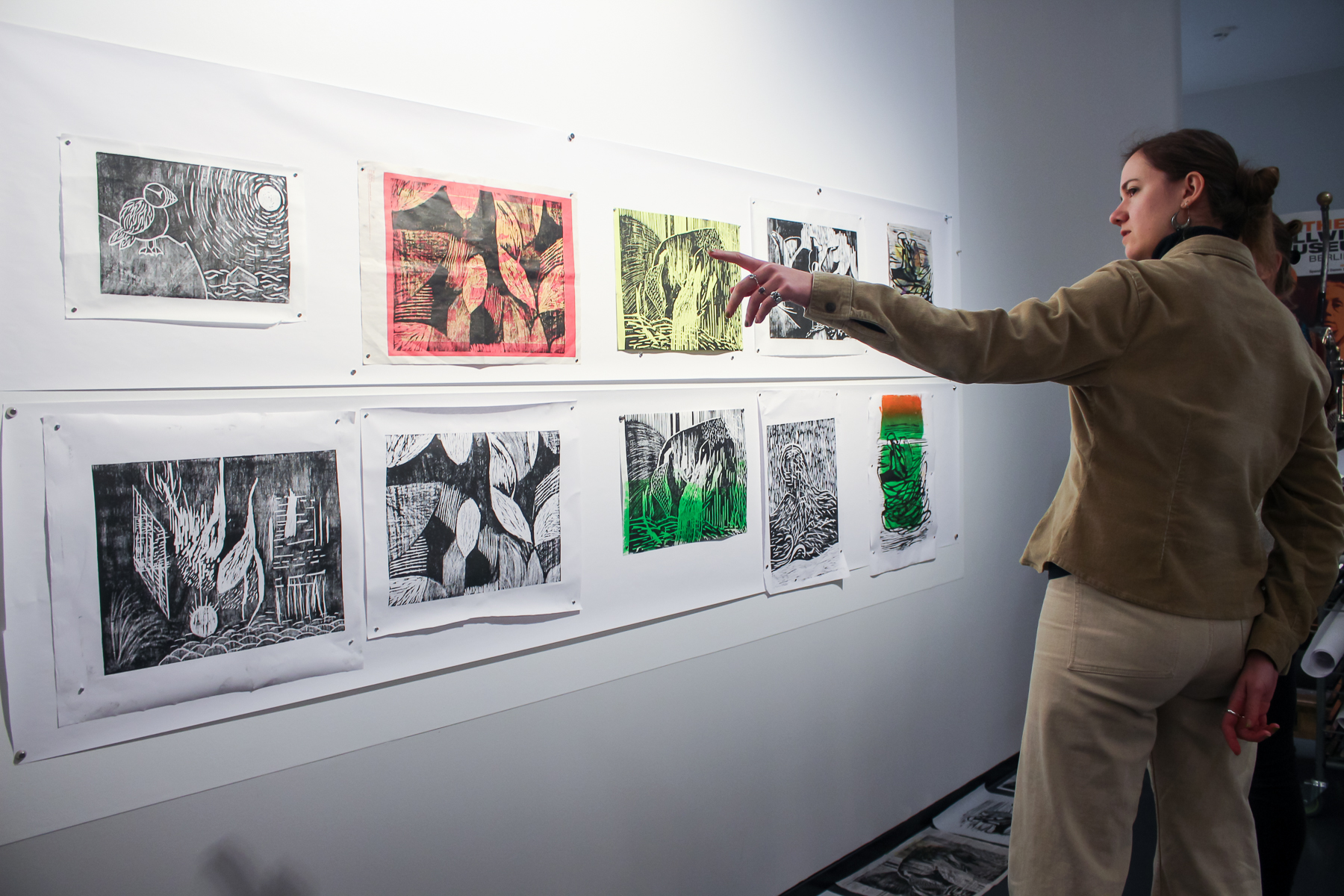
As a conclusion, a film will be produced in which the artist Susann Hoch presents the woodcut as an artistic printing technique.
Further information is also available on the website of the Museum für Druckkunst Leipzig.
